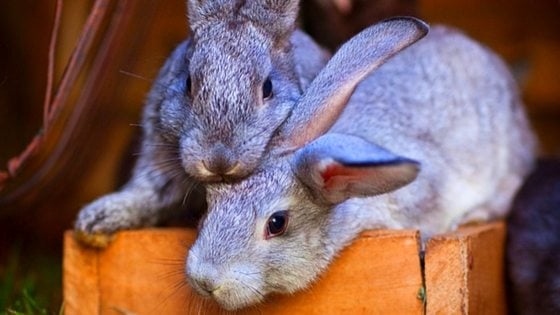While we use tractors on our farm, we don’t use them that often.
But they’re great for lifting heavy items, moving manure, and so much more. So, I invited Julia of Hello Homestead to tell us all about how she uses hers!
How A Tractor Can Be A Chicken Farmer’s Best Friend
If I had to choose one thing I could not do without on my homestead it would be a farm tractor.
Sure, I realize there are homesteaders who lead quite happy and very productive back to the land lives without a tractor. I’m just very happy not to be one of them. Especially if you run a solo operation as I do, your tractor is an extra set of hands, extra muscle, a tool, a mode of transportation and a confidant.
That’s right, I’m not ashamed to say I talk to my tractor. And, depending on how it’s behaving, I also have been known to beg, cajole, threaten, and bargain with it.
My primary homesteading operation is a flock of egg-laying hens, each of whom I love dearly.
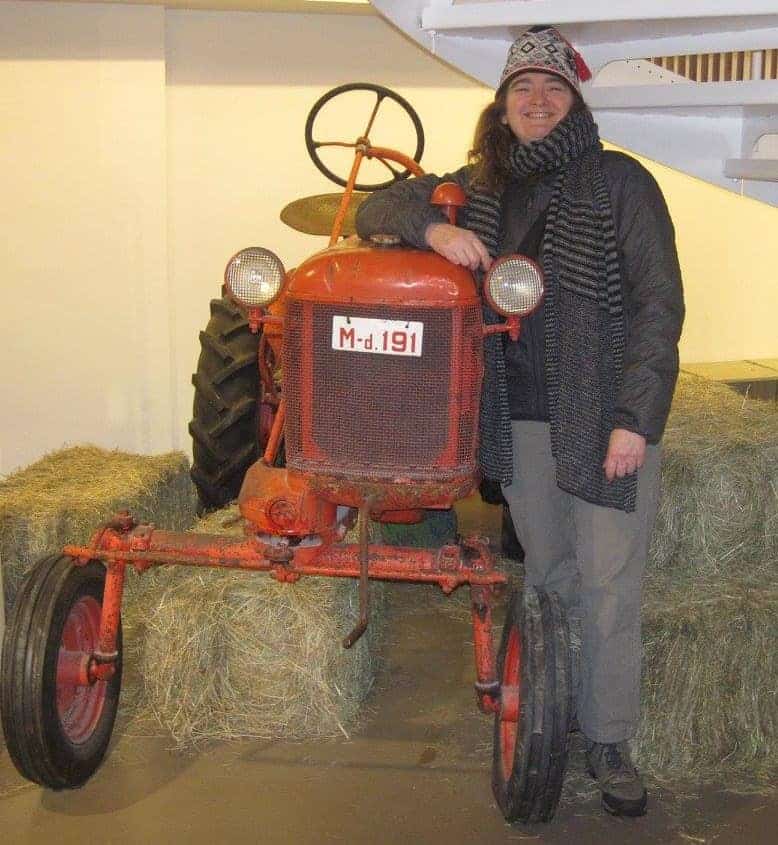
How I Use My Tractor
Think of a farm tractor as a mechanized farm hand.
Thanks to the front-end loader — a bucket attachment at the end of two hydraulic “arms” extending from the front of the tractor — I can move loads of fresh straw, piles of dirty straw cleaned out from the coop or large containers of water. All of which would be too heavy for me to tote by hand.
Sure, it’s work that could be accomplished with a shovel and sweat, but with the tractor, it’s a job that takes minutes versus hours, leaving me more time to play with my chickens.
Likewise, my farm tractor comes in handy when every so often it’s necessary to move the coop to a new location. That usually happens when the chickens have completely denuded their fenced-in yard of all vegetation.
With my tractor, it’s a matter of wrapping a sturdy chain around the structure, hooking the other end of that chain to the back of my tractor and carefully dragging it to a new location with greener pastures.
The chickens find this entire operation both alarming and fascinating, by the way.
Another way I can give the chickens fresh grass is to custom cut some for them.
In the spring of the year I will attach the “brush hog” — a giant lawn mower pulled by the tractor — and leave it on most of the summer.
Then every couple of weeks I can go out and mow a swath of pasture grass to create a path of tasty green shoots and cut clover the chickens love.
In fact, they love it so much they have been known to follow me as I mow in a sort of tractor-chicken parade.
The bucket is also super handy in the fall for getting chickens ready for winter by hauling in a month’s worth of wood chips, feed and straw to keep them fed and cozy. In the winter I use it to dig out snow from around the coop and in the spring to dig trenches to direct the melting water from all the snow away from the coop and chicken yard.
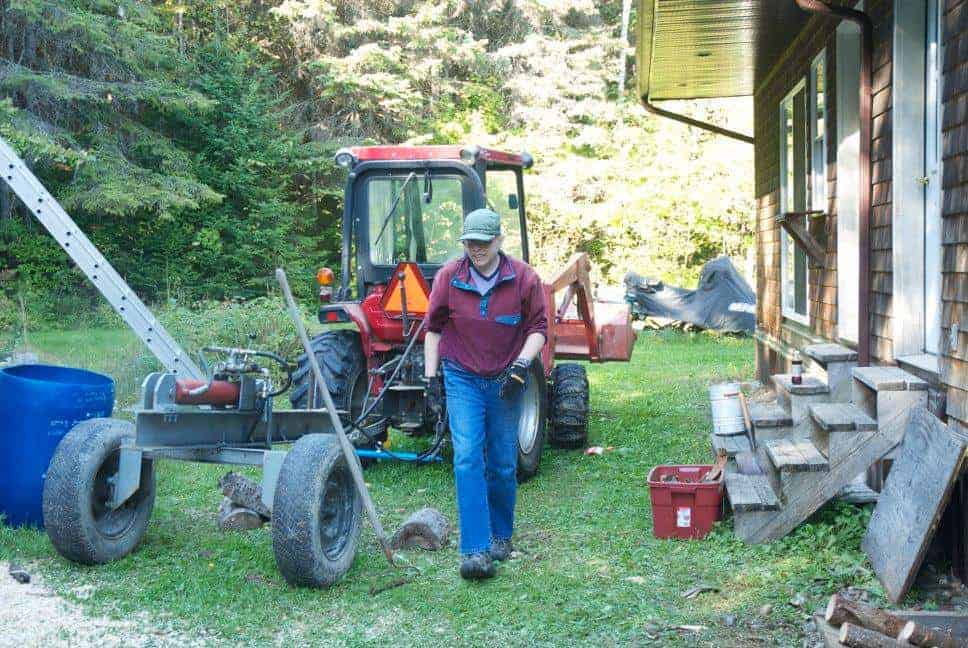
During firewood season, a tractor can haul wood and a hydraulic woodsplitter can mount to the rear.
Practice Safety on Tractors
As much fun as my tractor is to drive — and I’ve been known to take it for leisurely joy rides down my dirt road from time to time — I can never forget it’s a machine capable of as much destruction as it is productive work.
When operating it, I can never, ever get distracted.
Once, while using that bucket to dig a trench I got to day dreaming and ended up lowering it so much that it hit the ground and then forced the tractor’s front wheels up and off the ground. I panicked and hit the lever to raise the bucket — thereby lowering the front wheels — and ended up forcing the front wheels even higher, almost upending the entire tractor.
Safety and tractors have to go hand in hand.
This is a machine with a myriad of moving parts — any of which can catch an errant piece of clothing or even human hand in seconds.
If not covered with the appropriate safety shields, fast moving parts like the Power Take Off — or PTO, the spinning cylinder that uses a series of gears and cogs to transfer power from the tractor’s running engine to an attached implement — can harm or even kill the most experienced operator.
Because of their high centers of gravity, tractors can tip over more easily than cars or trucks and should always be outfitted with roll-over protection systems — bars that extend up and over the driver to prevent serious injury from being crushed should the tractor overturn.
But I am happy to report that, thanks to my healthy respect for the tractor, other than a couple of scares and some bashed knuckles from tightening bolts, my tractor has never been the cause of serious injury.
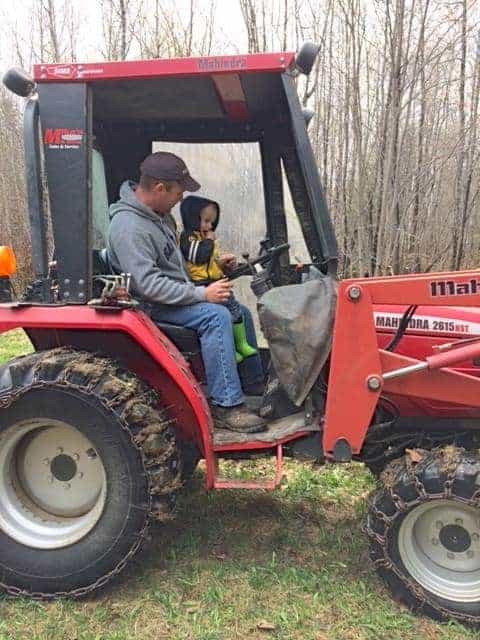
How to Care for a Tractor
In return for all the help it provides, I keep my tractor in a warm shop during the winter which makes it very, very happy and — more importantly – super easy to start on even the coldest of a northern Maine morning.
Tractors like mine run on diesel fuel, a liquid that is not cold-tolerant.
At 32-degrees Fahrenheit diesel will start to get cloudy and thicken up — something we in the tractor world call “gelling.”
Once it gets down to around 15-degrees, it gets so thick it won’t flow to the engine and your tractor is dead on it’s wheels.
Trust me, you never want to be out in a frigid snowstorm at midnight covering your tractor with electric blankets, down sleeping bags and aiming a kerosine-powered heater at it all in an attempt to thaw out the fuel.
This is also where the begging and pleading came in.
Instead, make sure to always purchase “winter grade” diesel when the thermometer drops int ehf all and use an additive that further prevents gelling.
Also make sure you keep an extra fuel filter on hand because once the fuel inside a filter gels, you need to switch out to a new filter.
I love tinkering on my tractor and have gotten fairly good at routine maintenance like changing the oil, adding hydraulic fluid, changing filters and switching out implements.
Due to necessity, I’ve also gotten good at replacing broken sheer pins.
Sheer pins are specially designed bolts that are made to break — or “sheer” — if too much pressure is placed on a more important component of an implement.
The best example is the commercial snowblower that attaches to the back of my tractor.
If it happens to suck up a rock that then jams the blower, the PTO is still providing maximum torque to power it, but the blower’s auger is no longer spinning.
Before it breaks, the sheer pin attached to the auger will snap, bringing the blower to a stop.
I always have a handful of sheer pins tucked away on the tractor.
By taking care of my tractor, it takes care of me and, by extension, my flock of hens.
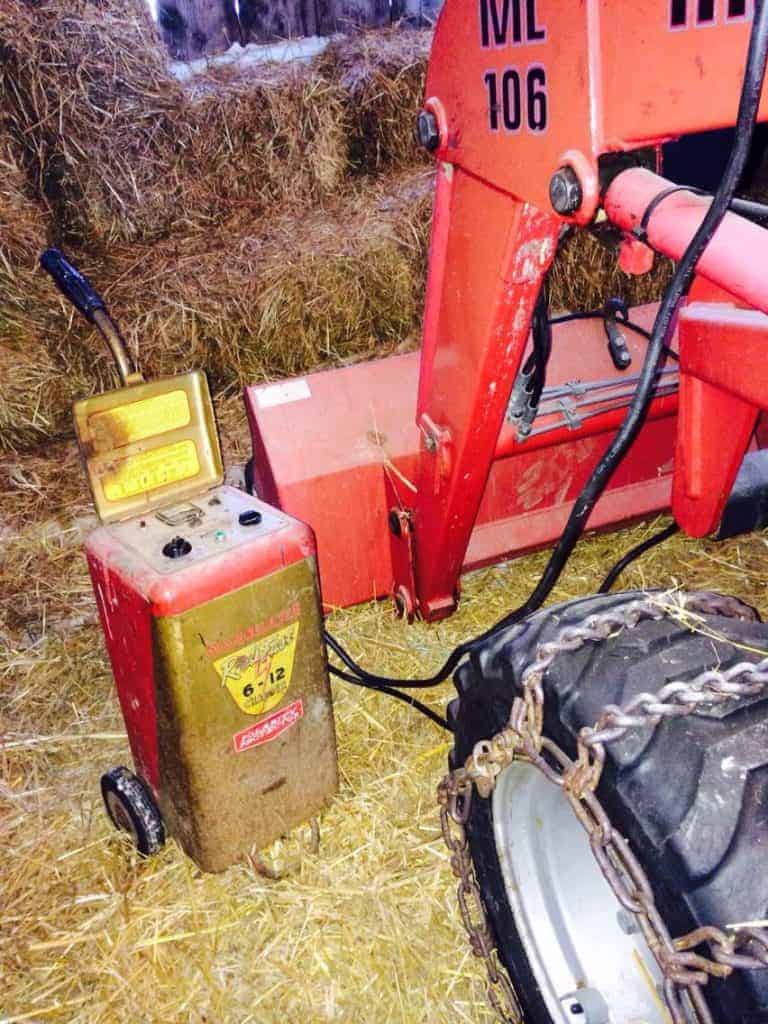
Chickens love a clean home, so when it’s time to clean the coop, the tractor is perfect for dragging away — far away — all the winter straw raked out of the coop.
My chickens seem to appreciate the tractor, as well. I will never forget the day I came out to find an egg careful laid right on the seat of my tractor.
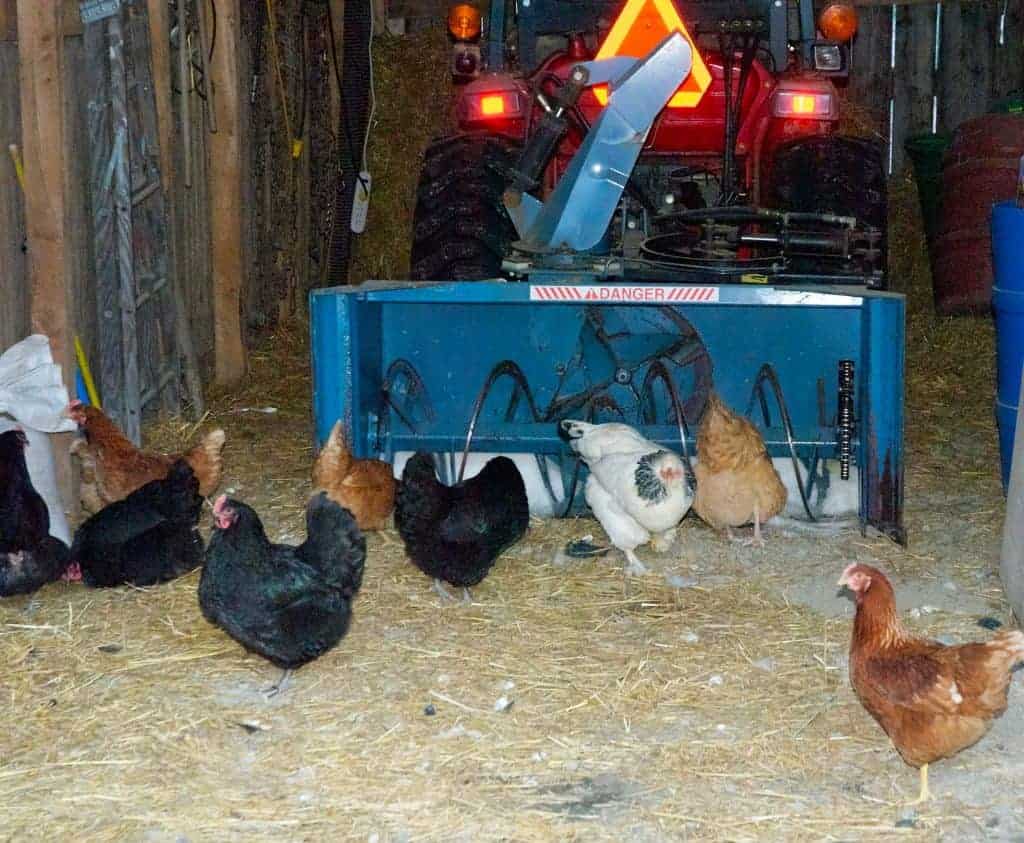
That, my friends, is reason enough to have a tractor.
Julia Bayly is a staff writer for Hello Homestead. She lives in far northern Maine with a flock of very sincere egg-laying hens, two retired barn cats who decided to move into the house, one tiny dog and whatever woodland creatures happen to wander through at any given time.
Maat van Uitert is a backyard chicken and sustainable living expert. She is also the author of Chickens: Naturally Raising A Sustainable Flock, which was a best seller in it’s Amazon category. Maat has been featured on NBC, CBS, AOL Finance, Community Chickens, the Huffington Post, Chickens magazine, Backyard Poultry, and Countryside Magazine. She lives on her farm in Southeast Missouri with her husband, two children, and about a million chickens and ducks. You can follow Maat on Facebook here and Instagram here.

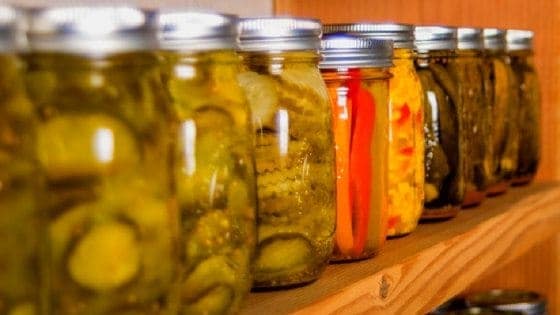
![3 Shockingly Common Myths About Feeding Chickens That Prevent YOU From Being Healthier [Podcast]](https://thefrugalchicken.com/wp-content/uploads/2016/06/common-misconceptions-about-feeding-chickens-feature-min.jpg)


